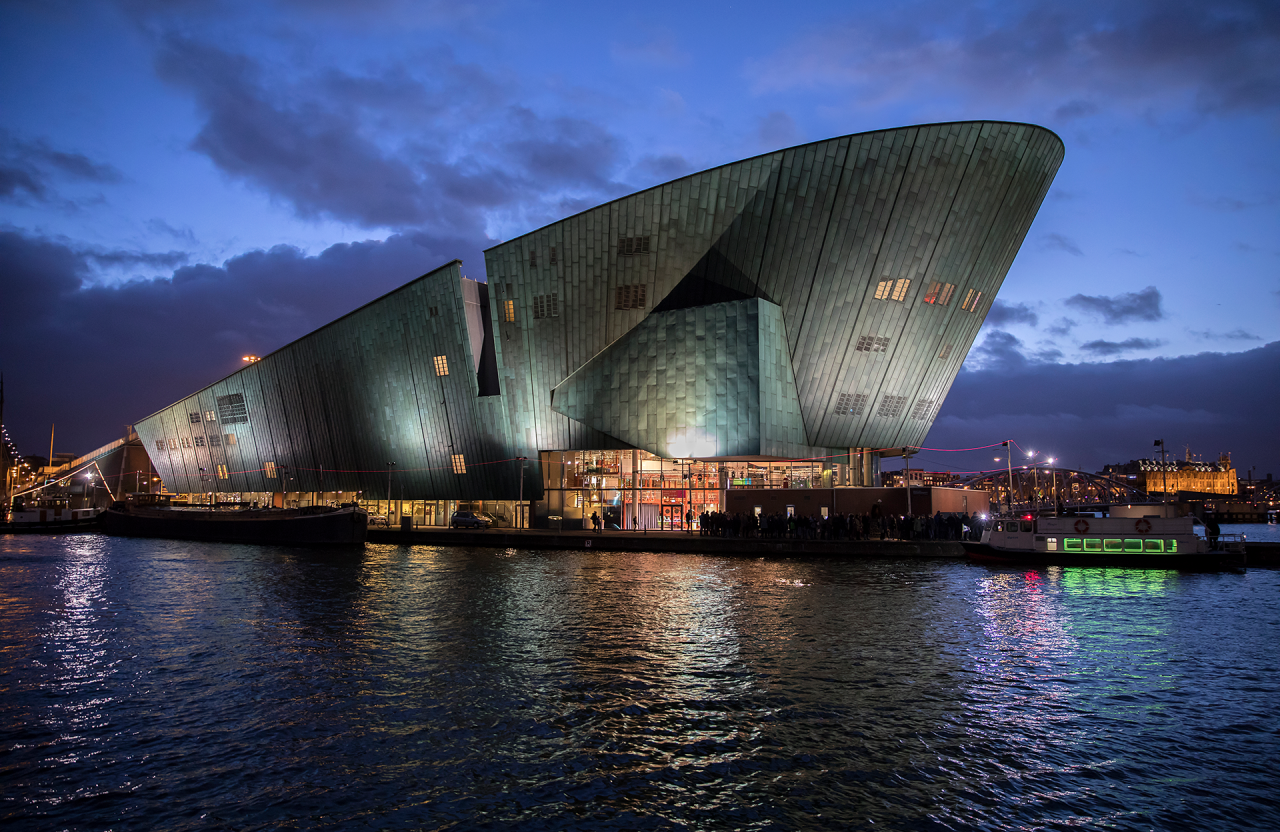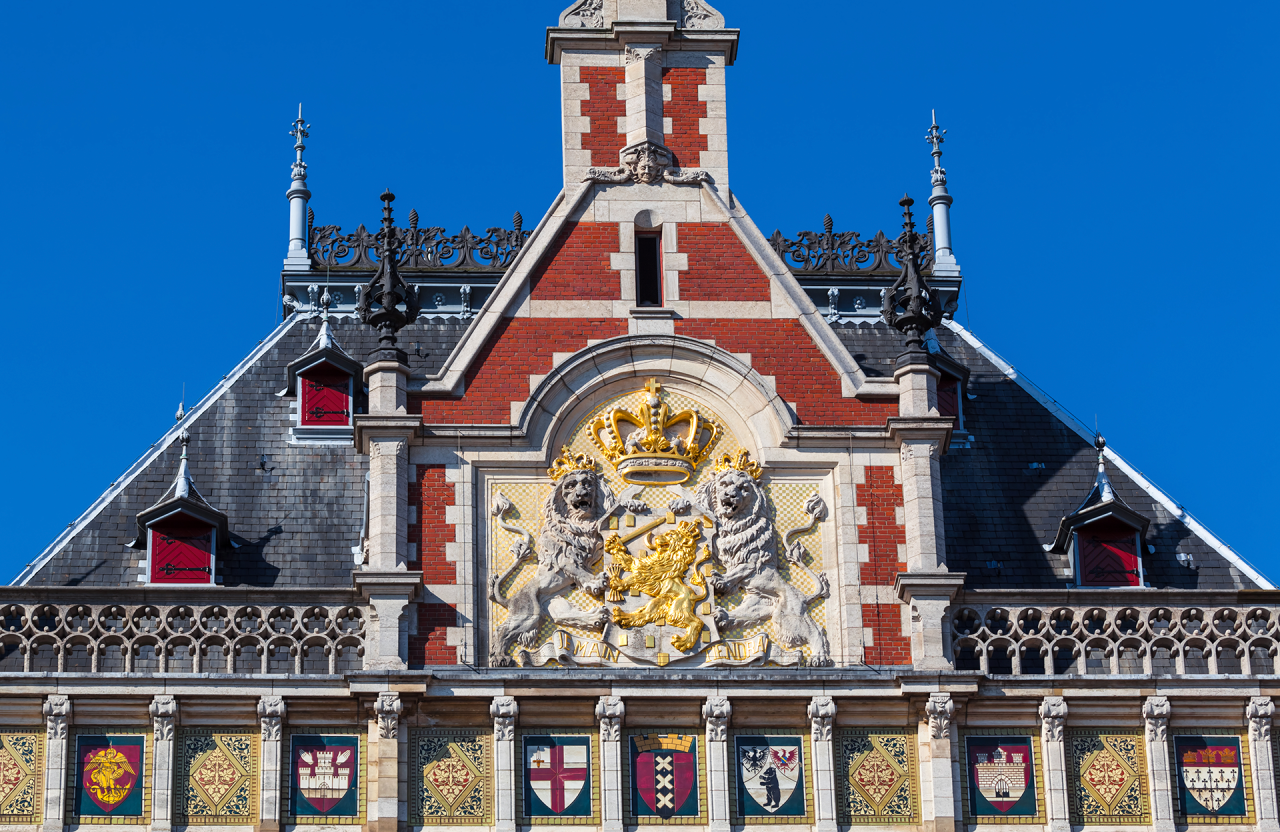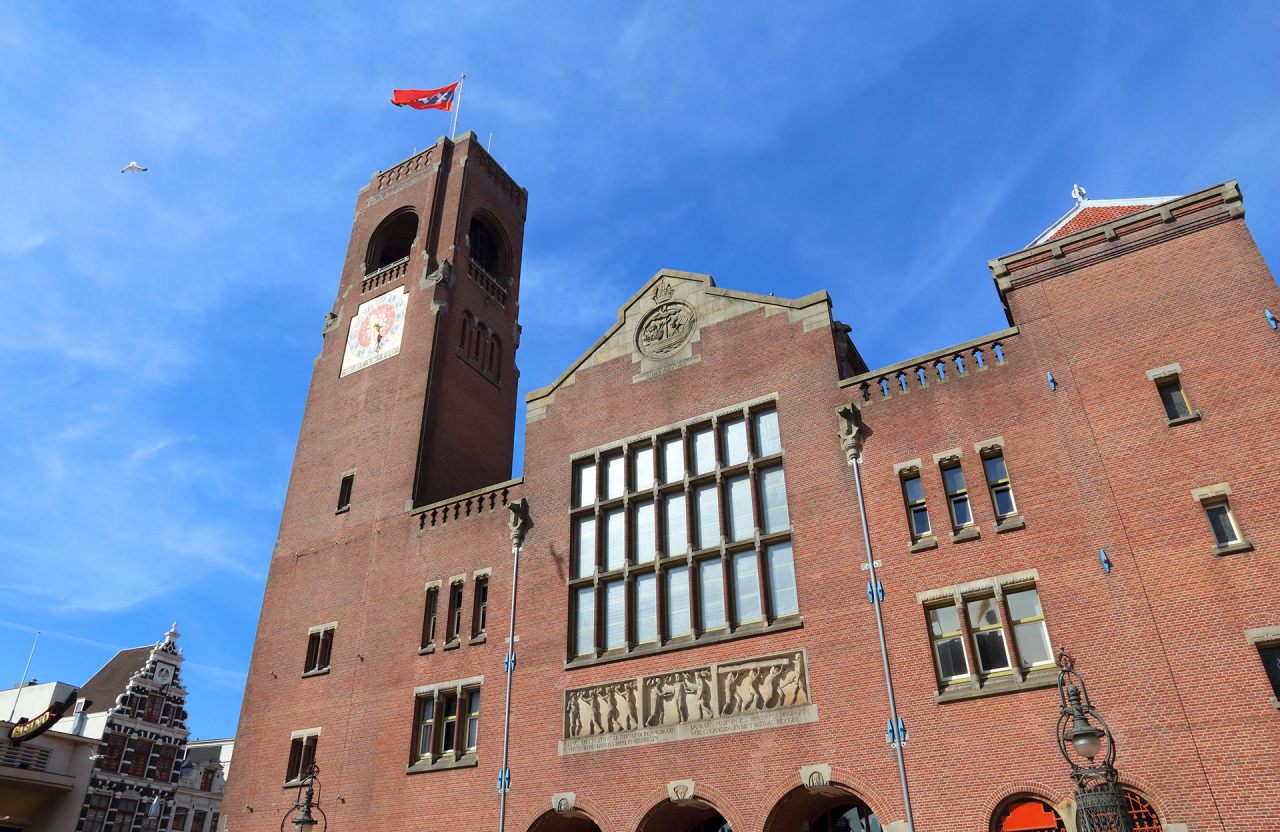Amsterdam’s must-see architecture

Amsterdam may be famous for the historical narrow houses lining its winding canals – but throughout the city, you can also find important works by some of Europe’s most esteemed architects, from classical masters to celebrated modernists.
Emmie Harrison-West takes us on a tour of some of the architectural highlights on offer...
P J H Cuypers - Centraal Station & the Rijksmuseum

Dutch architect Petrus J H Cuypers (1827–1921) placed his stamp on 19th-century Amsterdam with the quintessential Centraal Station and the Rijksmuseum. Both red-brick buildings are now sources of pride for Amsterdammers, but when they were built, Cuypers’s Neo-Renaissance designs offended some who would have favoured a more austere style.
Renzo Piano - NEMO Science Museum

Italian architect Renzo Piano (b. 1937) transformed the city’s waterfront with the striking NEMO Science Museum. Uniquely, this copper green, maritime-inspired building looks very much like the giant hull of a ship. The museum conquers Oosterdok with its prow jutting 30m (98ft) over the glittering marina.
Insider tip: For panoramic views of the city, access Amsterdam’s highest piazza (22m above sea level) via a staircase on the south side of NEMO Science Museum.
The Amsterdam School
Idealistic architects in the Amsterdam School movement believed that they could transform lives with their designs. They built distinctive estates like De Pijp, the Dageraad complex and the curved redbrick Het Schip. Piet Kramer (1881–1961) and Michel de Klerk (1884–1923) were leading lights of the movement.
Hendrick de Keyser - Zuiderkerk

This Golden Age architect (1565–1621) was appointed as the city’s municipal architect in 1612 and is responsible for the Zuiderkerk, Westerkerk - known for its towering steeple (83m) - and the impressive Delft’s Town Hall. De Keyser’s work characterizes the transition from the ornamental style of the Dutch Renaissance to the Classicism of the 17th century.
Insider tip: Visitors can gain special access to buildings on an architect-led walking or cycling tour with Architecture Tours (www.architecturetours.nl).
Hijman Louis de Jong - Pathé Tuschinski
Commissioned by Dutch businessman Abraham Icek Tuschinski in 1921, Pathé Tuschinski is known as one of the most beautiful cinemas in the world. Designed with Art Deco, Art Nouveau and Amsterdam School influences, the pastiche cinema is a sight to behold. It houses a stage and organ, and still shows many film screenings in both Dutch and English.
H P Berlage - Beurs van Berlage

Hendrik Petrus Berlage (1856–1934) employed clean, functional lines in his new stock exchange – Beurs van Berlage. Its iron-lined, glass roof is evocative of a classic railway station. The structure, located in the heart of the city, marked a forward-looking departure from the Revivalist style that dominated the Amsterdam skyline in the late 19th century.
Read next
The best way to spend 2 days in Amsterdam
Amsterdam may be a compact city known for its canal-lined streets, but it’s packed with must-see sights and character. The city is easy to explore on foot, albeit on cobbles, but for a unique experience hop on a tram or boat.
Why November is the best time to go to Seoul
With a population of over 25 million, Seoul is one of Asia’s most important cities, and home to one of the world’s largest metropolitan economies. However, there’s more to Seoul than meets the eye.



